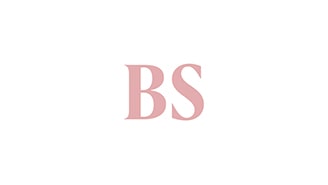Don't want to miss the best from Business Standard?

Banks’ credit is expected to grow at 11–12 per cent in the second half (H2) of the current financial year, supported by government and regulatory measures and a pick-up in consumption demand, Crisil Ratings said in a webinar. Retail credit, which makes up 33 per cent of bank loans, is expected to grow faster at 13 per cent. Corporate loans are projected to rise by 9.7 per cent, higher than the 5.5 per cent growth in bank credit to corporates reported in the April–June quarter (Q1) of FY26. Overall, bank credit grew between 9.5 and 9.9 per cent in Q1 FY26. Meanwhile, banks’ credit to non-banking financial companies (NBFCs) is expected to grow 15–17 per cent. On the funding side, an easing in liquidity will aid deposit accretion.
Corporate credit, which accounts for about 38 per cent of bank lending, will see a revival in H2 with better transmission of rate cuts to bank lending rates, reducing substitution by the bond market seen in Q1 FY26, said Krishnan Sitaraman, chief ratings officer, Crisil Ratings.
The rating agency highlighted the significant role of interest rates in driving corporate lending, particularly for large firms, and stressed the importance of effective monetary policy transmission. Following a 100 basis point cut in benchmark rates, bond yields, especially three-year AAA yields, declined quickly, while the marginal cost of funds-based lending rate (MCLR) began easing only in July. This delay widened the gap between MCLR and bond yields, prompting corporates to favour bond markets.
Bond issuances in Q1 rose sharply, the highest in five years. Capital market rates, including commercial paper and bond yields, dropped more rapidly than bank rates, although a slight reversal occurred between July and August. Going forward, the transmission of lower rates through the banking system is expected to accelerate, narrowing the pricing gap between bank loans and market borrowings and supporting a revival in corporate credit, the agency said.
Ajit Velonie, senior director, Crisil Ratings, said: “There was a more than 60 per cent spurt in corporate bond issuances in the first quarter on-year because of the faster transmission of repo rate cuts compared with bank lending rates. This has had an impact on bank credit to corporates, which grew just about 3.8 per cent on-year till July 2025. As the repo rate cuts cascade to bank lending rates, we will see some reversal of the substitution by the corporate bond market.”

)
